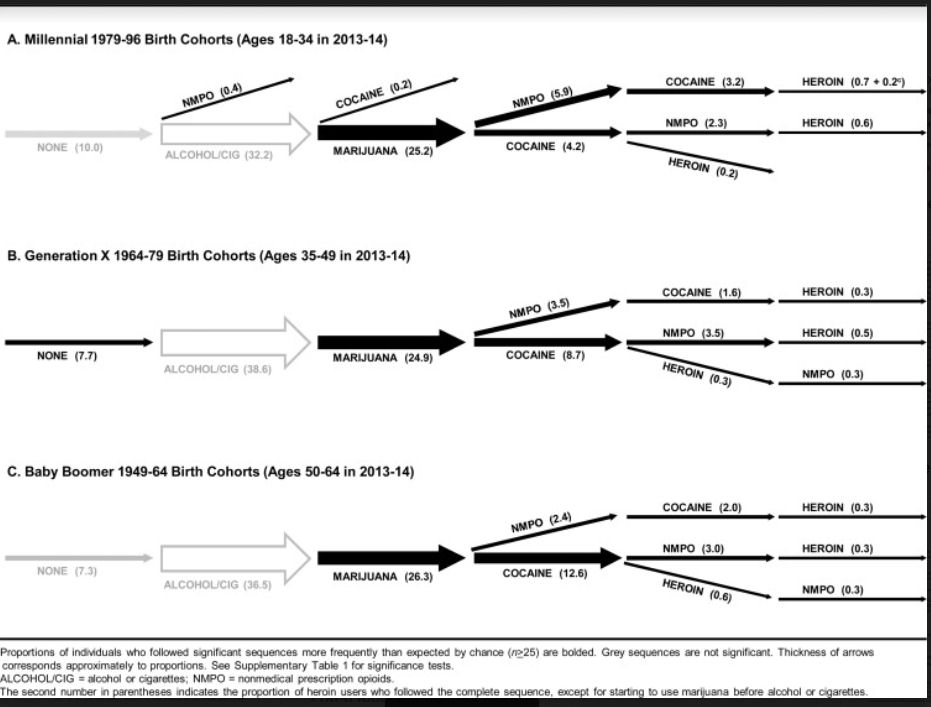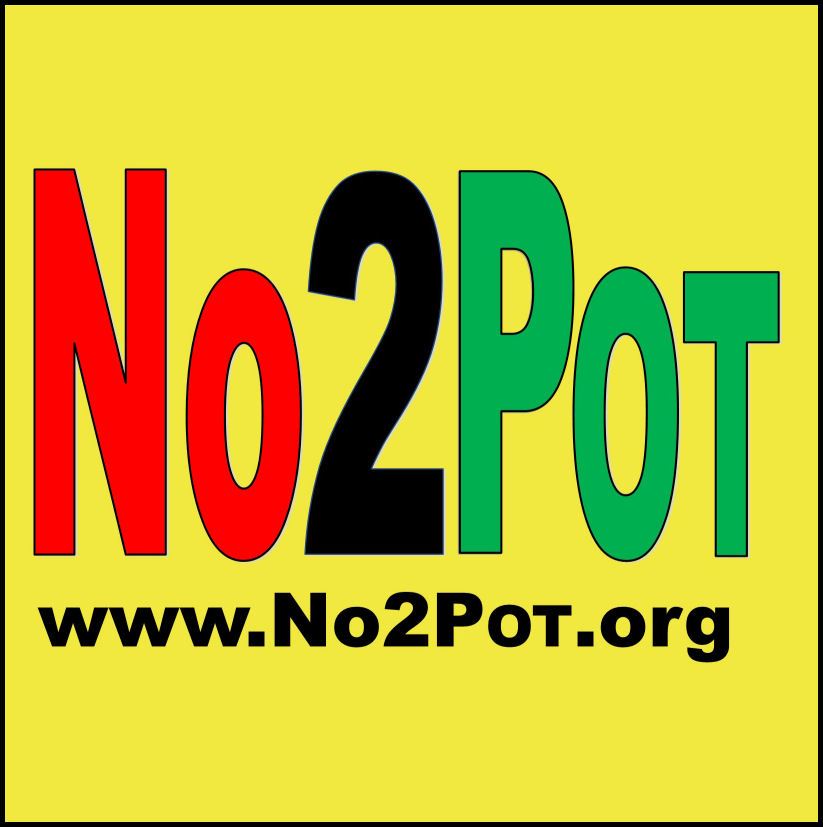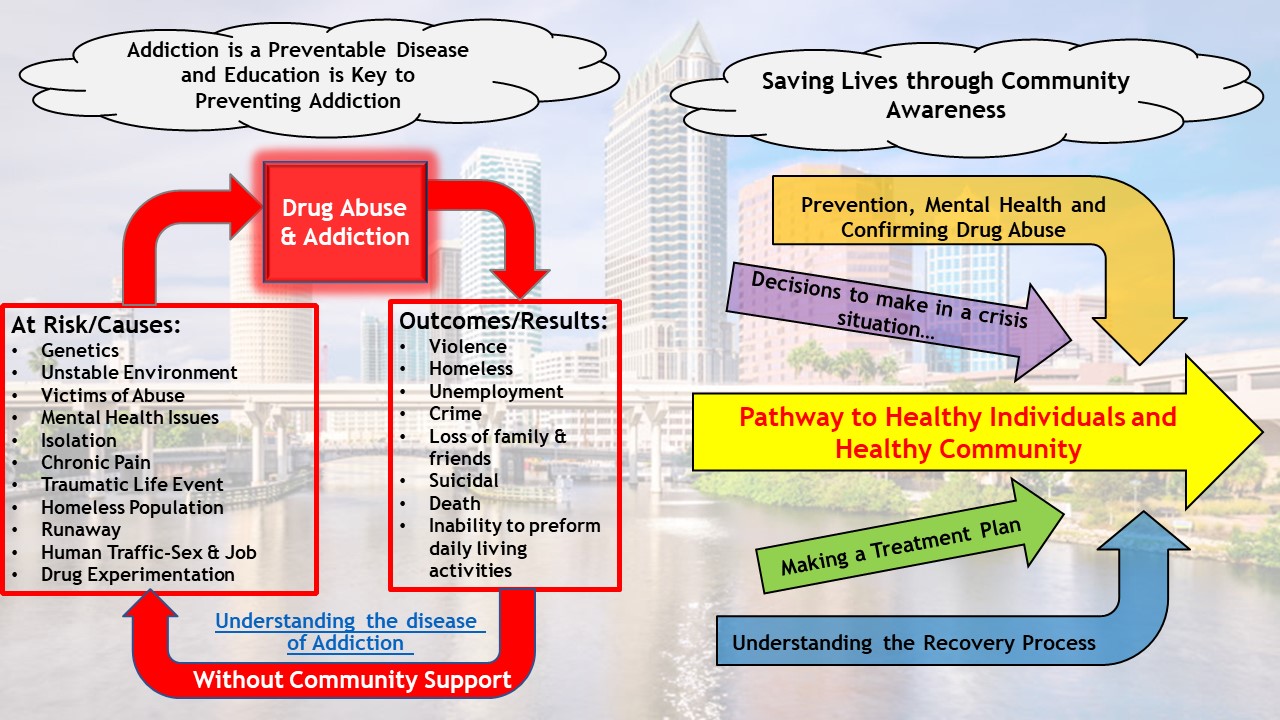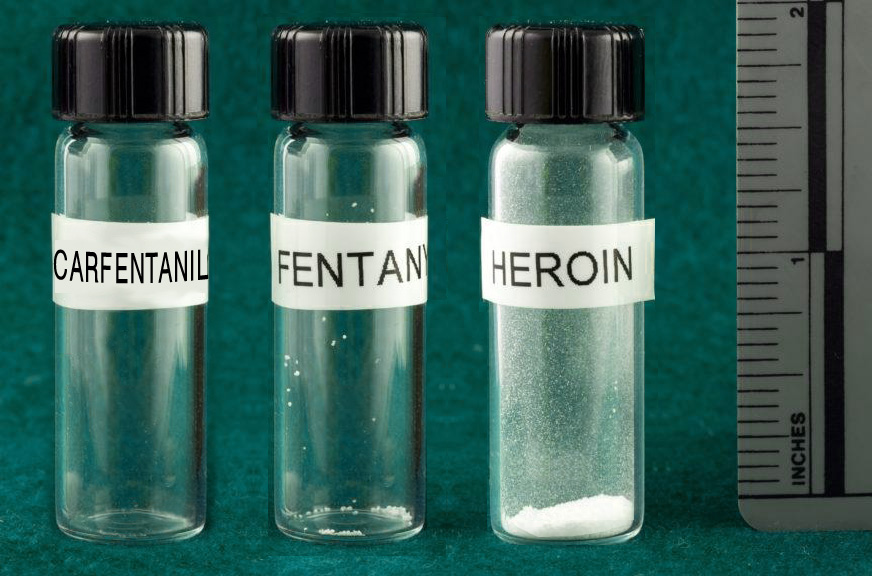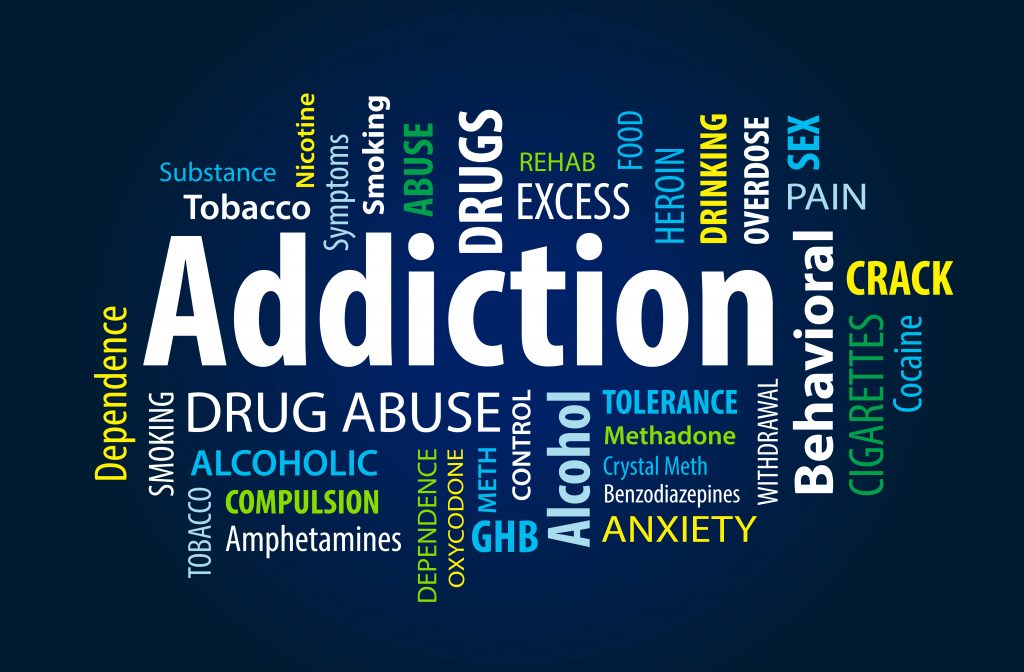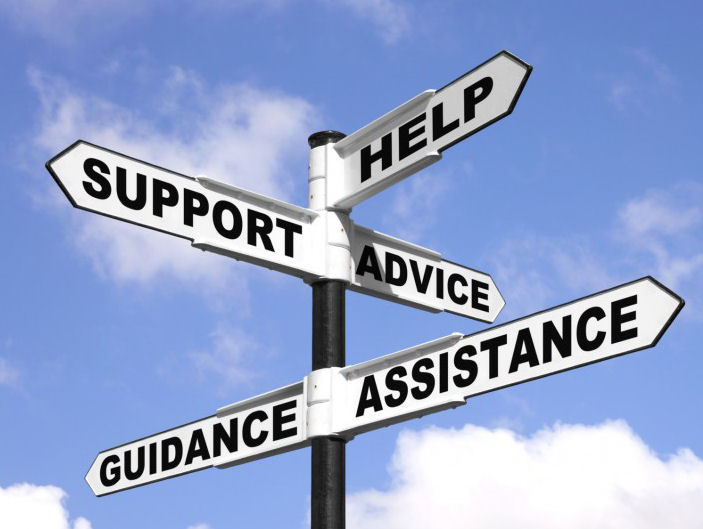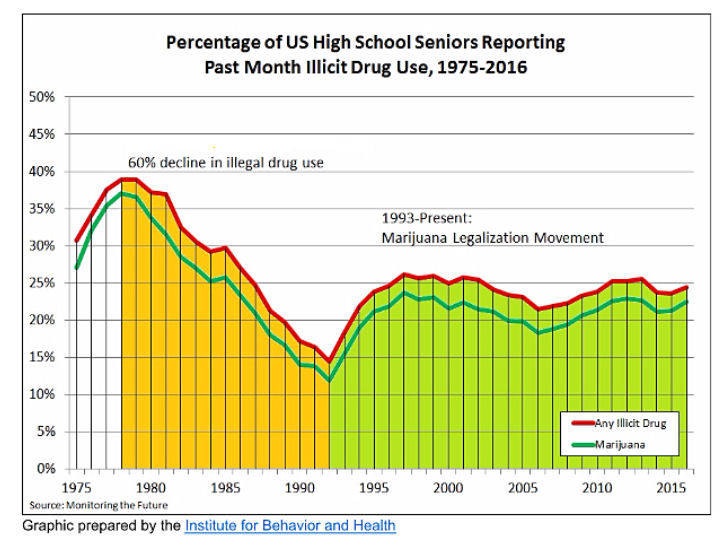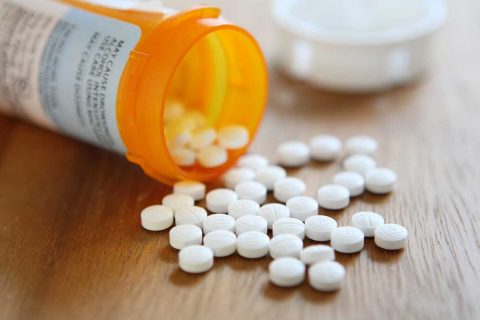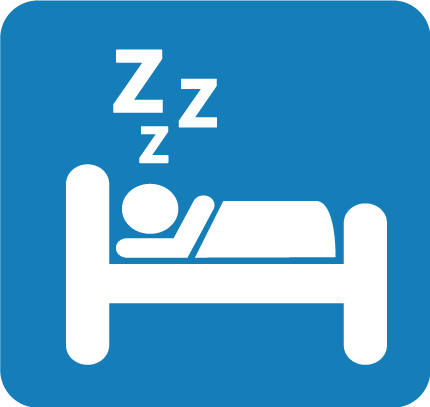Addiction
|
Better Understanding Addiction: Addiction is a preventable, treatable but not curable disease. No one would ever choose a life of addiction however it is poor choices lead a person to a life of addiction. Often misinformation or lack of information play a key role to making these poor, life changing choices. For this reason drug prevention education is essential in every school, community center and home. If a person abstains from alcohol, marijuana or cigarettes (the three primary ‘introduction’ drug s until the age of 21 the likelihood of addiction is significantly reduced. At the other end of the spectrum a child who begins to experiment with drugs in their early teens is highly likely to develop the disease. It is also much more difficult to maintain a drug free life. Three major factors contribute to becoming addicted:
It is important to remember addiction does not discriminate. It affects every race, religion, socioeconomic group…. The disease not only impacts the individual but the entire family and community. |
|||||||||||||||||||
|
How does the brain become addicted? What is the difference between Dependence vs. Abuse? How does addiction hijacks the brain? Identifying addiction and Self-assessments Opioid Addiction Treatment Options SEE Literature for more information
|
|||||||||||||||||||
|
Why is addiction a disease? The Selfish Brain- Learning from Addiction “There are two types of diseases acute (rapid onset and rapid progression of symptoms) and chronic (gradual onset of progressively more sever symptoms).
|
|||||||||||||||||||
|
What is addiction? American Society of Addiction Medicine Definition Facts about Addiction:
Addiction is a lifelong disease in which medical treatment plays a potentially important but limited role. Dealing realistically with the addiction of a loved one is called detaching with love. It means doing what we can to help the addicted person and then honestly admitting our limits. “There is a deeply spiritual dimension to addiction, as dishonesty and self-centeredness play major roles in the addiction to alcohol and other drugs. Other diseases such as diabetes, asthma, and rheumatoid arthritis (ordinary biological diseases) do not have this dimension. Unlike these diseases recovery from addiction is not a matter of seeing the doctor and taking some pills for a week or so. ” Adolescent Addiction is Different...
|
|||||||||||||||||||
|
How does the brain become addicted?
“The addictive process moves in, undoes or weakens what the brain knew before, and them teaches it something else entirely.” Science of addiction & the brain: (for additional information see helpful links) |
|||||||||||||||||||
Risk of Addiction: Personal Factors
Environmental Factors
Routes of Administration Factors: (swallowed, smoked, injected, sniffed |
|||||||||||||||||||
|
When does abuse turn into dependence/addiction? Read below to get a better understanding of these two terms. Substance refers to alcohol, and legal or illegal drugs.
Note: The symptoms for abuse have never met the criteria for dependence for this class of substance. According to the DSM-IV, a person can be abusing a substance or dependent on a substance but not both at the same time. DSM-IV Substance Dependence Criteria Substance dependence is defined as a maladaptive pattern of substance use leading to clinically significant impairment or distress, as manifested by three (or more) of the following, occurring any time in the same 12-month period:
American Psychiatric Association. 1994. Diagnostic and Statistical Manual of Mental Disorders: DSM-IV. Washington D.C.: American Psychiatric Association. (pp. 181-183) |
|||||||||||||||||||
|
Identifying Addiction: Staying Sober: A guide for relapse prevention
Comparing diabetes to addiction is very useful in understanding the disease of addiction.
|
|||||||||||||||||||
|
Personal Thoughts: For people without an addiction it is often hard to understand just how difficult it is for someone with an addiction to stop using or become abstinent. Understanding the disease helps to understand how and why the person struggles not only with being abstinent but with learning new skills and strategies for maintaining a healthy lifestyle. PERSONAL NOTE: Addiction is a family disease meaning it tends to run in families and that it affects the family not just the person who has the addiction. Addiction impacts the entire family and community. The family will need to educate themselves on this disease and elements of recovery. This may involve change. For example, when someone in the family is diagnosed with diabetes typically the family makes changes to their meals and snacks. They become aware of what triggers insulin imbalances and look for symptoms of a diabetic coma... i.e. increased thirst, fatigue, nausea vomiting ... It benefits everyone to learn about the disease. (see table below) If you take the time to understand the disease of addiction it will greatly help everyone involved in the recovery process this includes the addict, family members, and possibly co-workers. You want to help establish a success recovery environment. Also, remember that relapsing is frequently part of recovery but that doesn’t mean an addict has to hit rock bottom before working on recovering. “Tendency to relapse is part of the disorder not a failure of treatment.” HBO Addiction In the beginning I just accepted the fact that addiction is a hereditary disease. During the past few years I have read many books trying to educate myself to better understand how this disease has affected our family. There are many theories about how and/or why a person becomes addicted. The disease model is the most widely accepted model. Some people struggling with addiction may view the disease model as an excuse to use because “I have a disease.” This person takes the role of a victim. There is often discussions about addiction being a disease vs. a choice. Yes, a person with an addiction has made some poor choices but one thing a person would not choose that is to be is an addict. Often a person is seeking to avoid the pain of withdrawal instead of the enjoying the feeling from getting high, or doing things that are morally wrong or against their values, or in and out of jail or rehab.... Who would choose this life? This is not to say a person doesn’t have a choice. There are many choices to make: stop using drugs, find new drug-free friends, avoid environments such as places a person used drugs, attend AA/NA meetings, eat healthy, exercise, attend church, seek God for strength and hope, set new goals or renew old goals.... There are many choices to make. But one thing a person doesn’t choose is who will suffer with addiction, who will experiment and be able to quit ... The best choice is not to tempt fate... Don’t use drugs (this include alcohol). |
Addiction Resources
| Website | |||
|---|---|---|---|
 |
ASAM- Addiction Addiction is a primary, chronic disease of brain reward, motivation, memory and related circuitry. Dysfunction in these circuits leads to characteristic biological, psychological, social and spiritual manifestations. This is reflected in an individual pathologically pursuing reward and/or relief by substance use and other behaviors. |
||
|
Diagnosing drug addiction (substance use disorder) requires a thorough evaluation and often includes an assessment by a psychiatrist, a psychologist, or a licensed alcohol and drug counselor. Blood, urine or other lab tests are used to assess drug use, but they're not a diagnostic test for addiction. However, these tests may be used for monitoring treatment and recovery. |
|||
 |
National Center on Addiction and Substance Abuse We connect science with policy and practice to better the lives of all people impacted by substance use and addiction. |
||
|
|
National Institute on Alcohol Abuse and Alcoholism | ||
 |
Addiction- StopRxDrugAbuse Addiction is a preventable, treatable but not curable disease. No one would ever choose a life of addiction however it is poor choices lead a person to a life of addiction. Often misinformation or lack of information play a key role to making these poor, life changing choices. For this reason drug prevention education is essential in every school, community center and home. |
||
 |
Center on Alcoholism, Substance Abuse and Addictions | ||
 |
Center on Addiction At Center on Addiction, we are on a mission to transform how our nation addresses addiction. We are the only national nonprofit committed to supporting the whole family as they address every aspect of substance use and addiction, from prevention to recovery. |
||
|
For over 20 years, our nation has been facing an epidemic that continues to devastate families and communities. We must ensure our children and families are educated about the dangers of experimenting with or turning to drugs for help. This effort must begin in our schools, churches, and communities if we are to STOP this preventable crisis. From marijuana to heroin, communities are dying. Each overdose or poisoning from drugs reaches far beyond the individual—it tears through families, friendships, and neighborhoods. The time to act is now.
The purpose of this website is to educate families and the community about prescription drugs and some potential consequences of misusing, abuse or overusing prescription drugs. This includes taking any prescription medications that are not prescribed to you which is also illegal. My goal is help people better understand the disease of addiction and the recovery process and thus bring people suffering from addiction and their families and friends hope for the future. This website is a collection of links and resources. Navigating the Pathways of Addiction to Recovery
|
|||
|
Do video games cause anxiety? This is a common question without an easy yes-or-no answer. Researchers haven’t found evidence that video games cause anxiety directly; instead, studies continue to show that video games and anxiety are correlated. This means that, rather than having a cause-and-effect relationship, the two relate and contribute to each other. |
|||
|
After her brother was diagnosed with the disease of addiction, Sam Fowler and her family had to change the way they lived their lives. In her talk, she tells about her experiences suffering from “the family disease." |
|||
|
Part addiction self-portrait, part medical exposé, Benjamin Flaherty’s powerful, essayistic “Shuffle” was the winner of this year’s Documentary Feature Competition at SXSW. The film offers an intimate chronicle of three drug users and several whistleblowers trying to turn over new leaves, as they gradually paint a chilling portrait of a predatory system of faux-recovery. |

